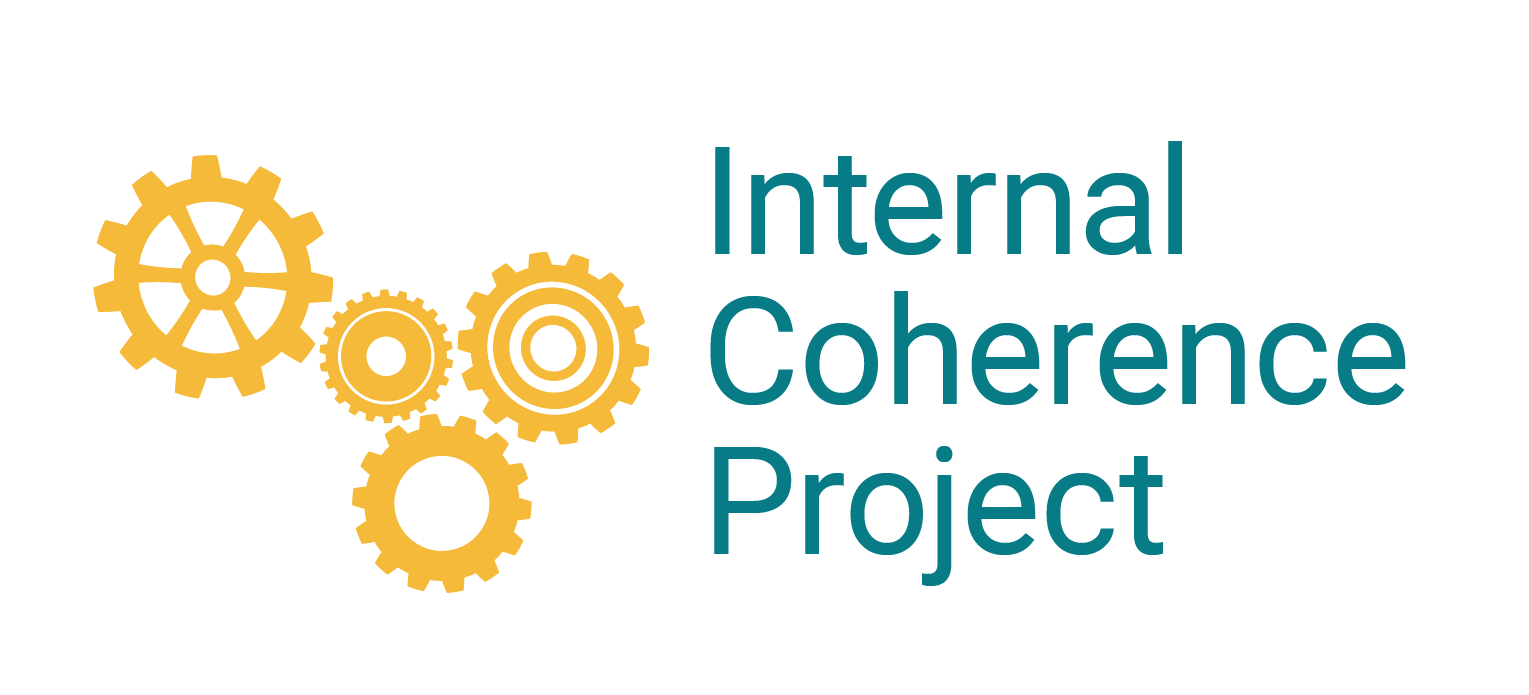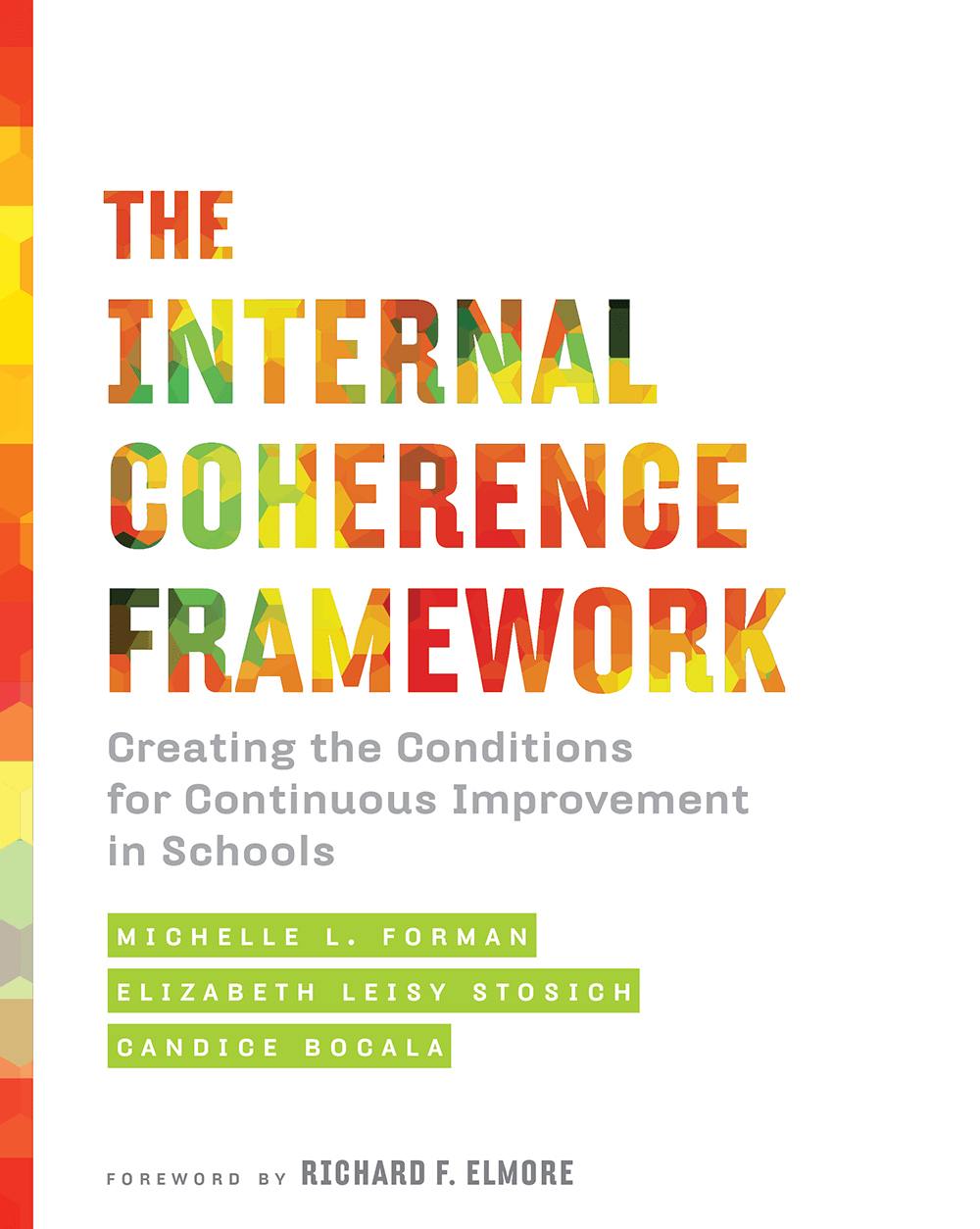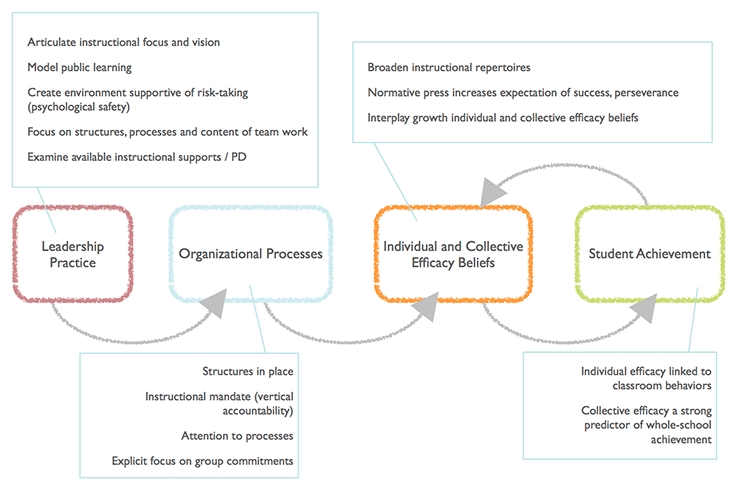Internal Coherence Project
We ask schools to improve as organizations,
but do we help schools function as organizations?
What is Internal Coherence?
Three Patterns of Organizational Features
Internal Coherence Assessment
The ICAP consists of a teachers’ survey, a series of protocols for interviews and focus groups with teachers and principals, and a brief protocol for classroom observations.
Because the Internal Coherence project espouses the belief that school improvement is an ongoing developmental process rather than a “turnaround” or event, ICAP data profiles locate schools on a developmental spectrum for each factor. IC facilitators also present practitioners with data from specific survey items which point to broad disagreement across the faculty.
The Internal Coherence Assessment and Protocol was developed by a team consisting of Richard Elmore, Michelle Forman, Elizabeth Leisy Stosich, and Candice Bocala.
If you are interested in learning more about how the Internal Coherence Project works with schools, school systems, and other education partners, please email Michelle Forman at mforman@serpinstitute.org.
Strategic Education Research Partnership
SERP Institute
1100 Connecticut Ave NW
Suite 1310
Washington, DC 20036
SERP Studio
2744 East 11th Street
Oakland, CA 94601
(202) 223-8555
Registered 501(c)(3). EIN: 30-0231116


